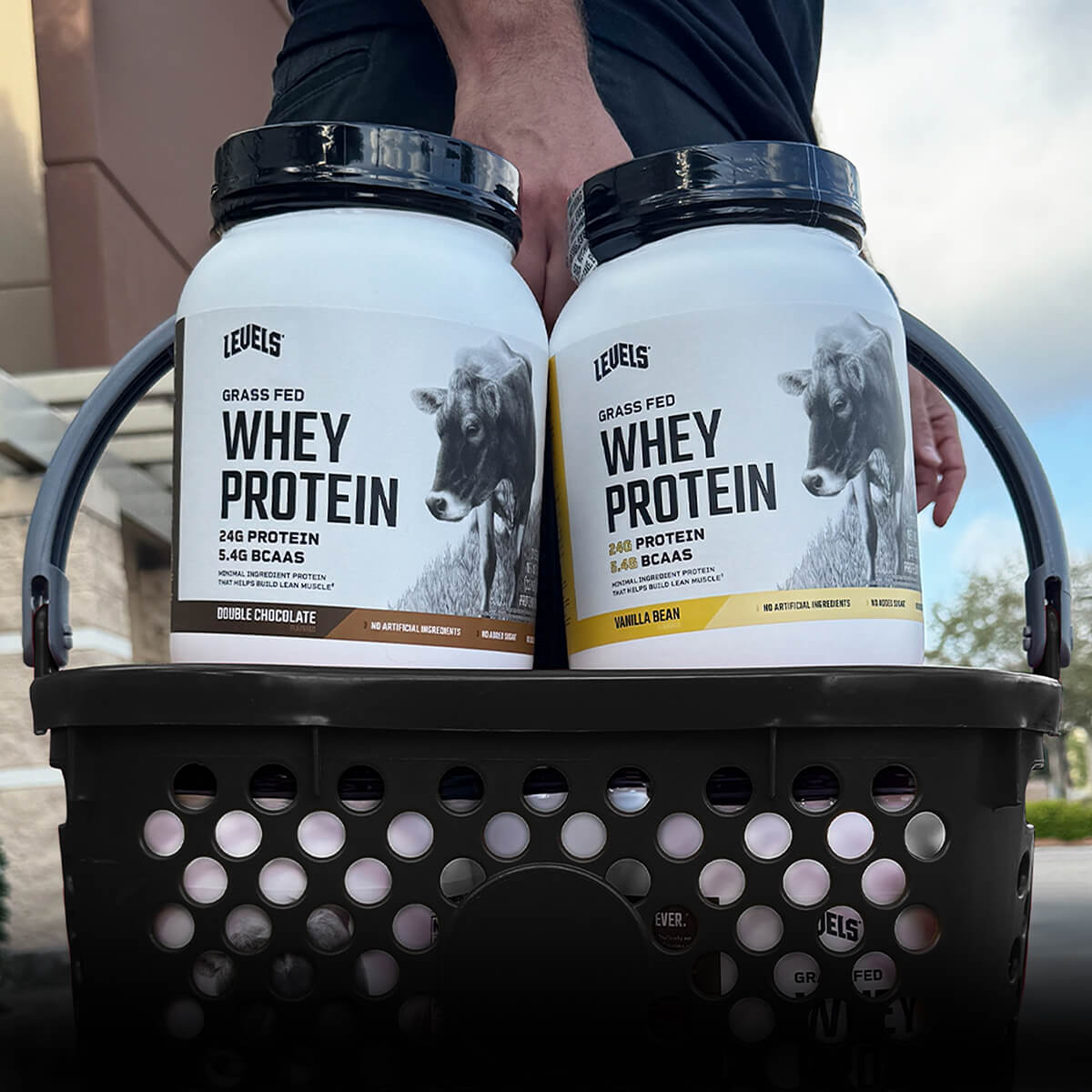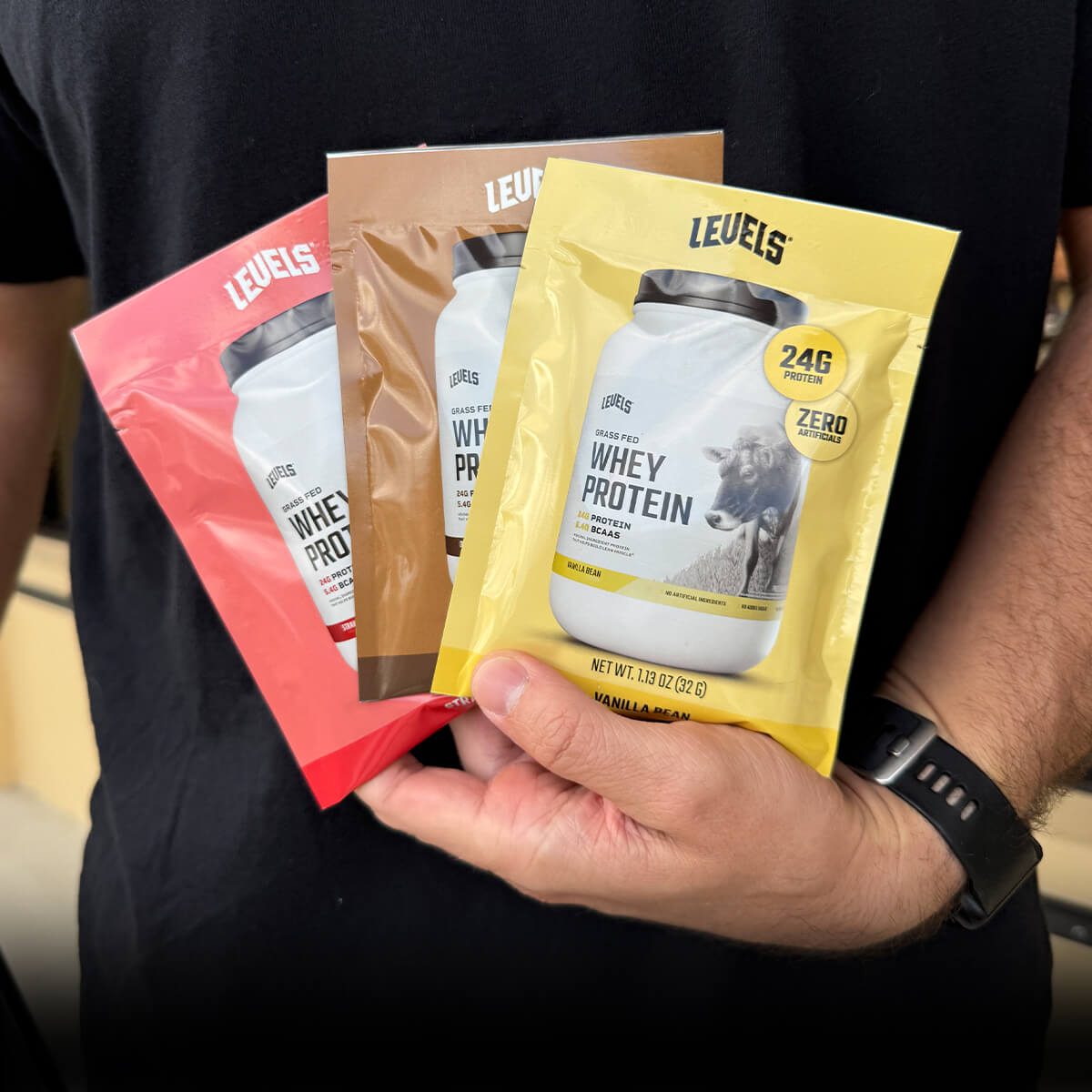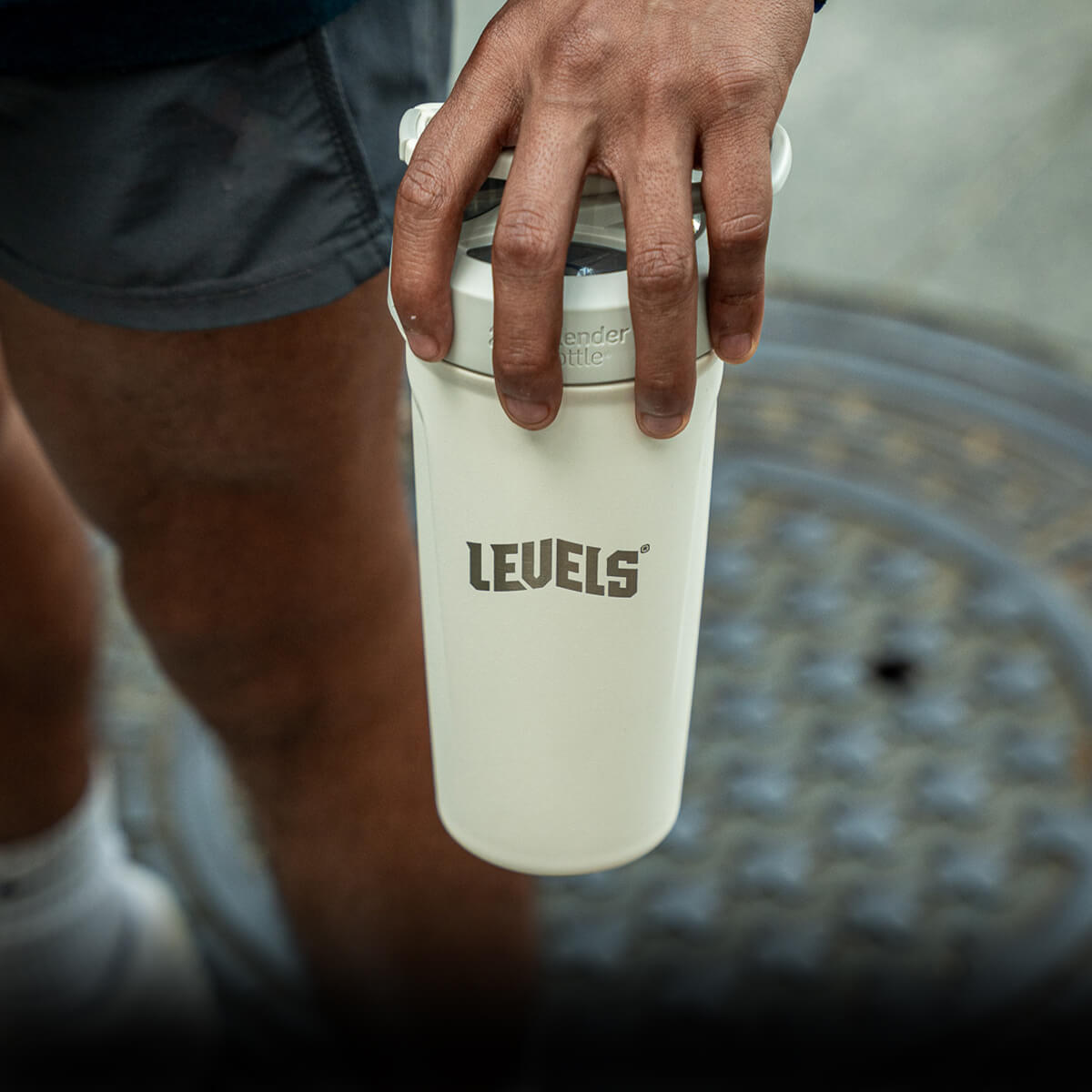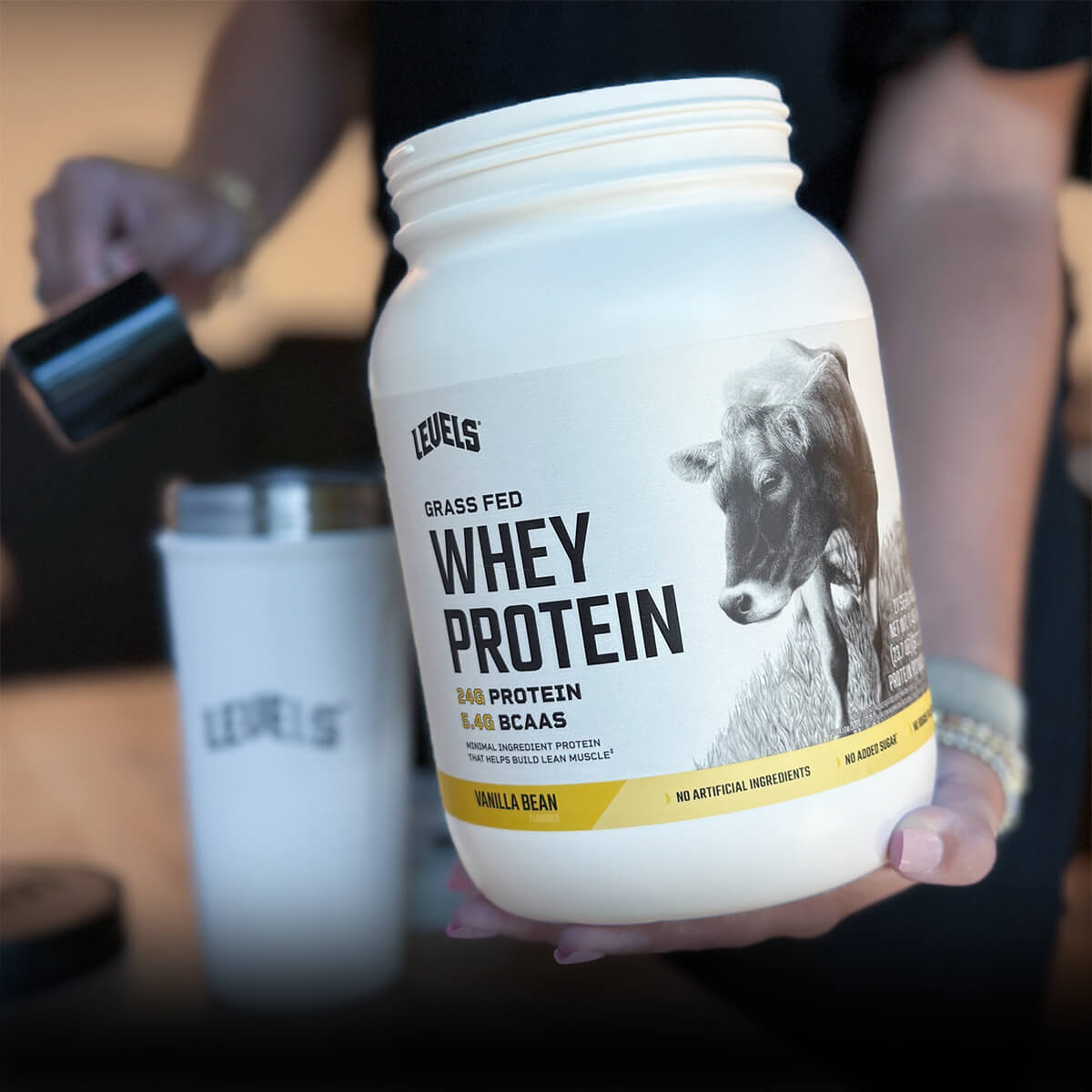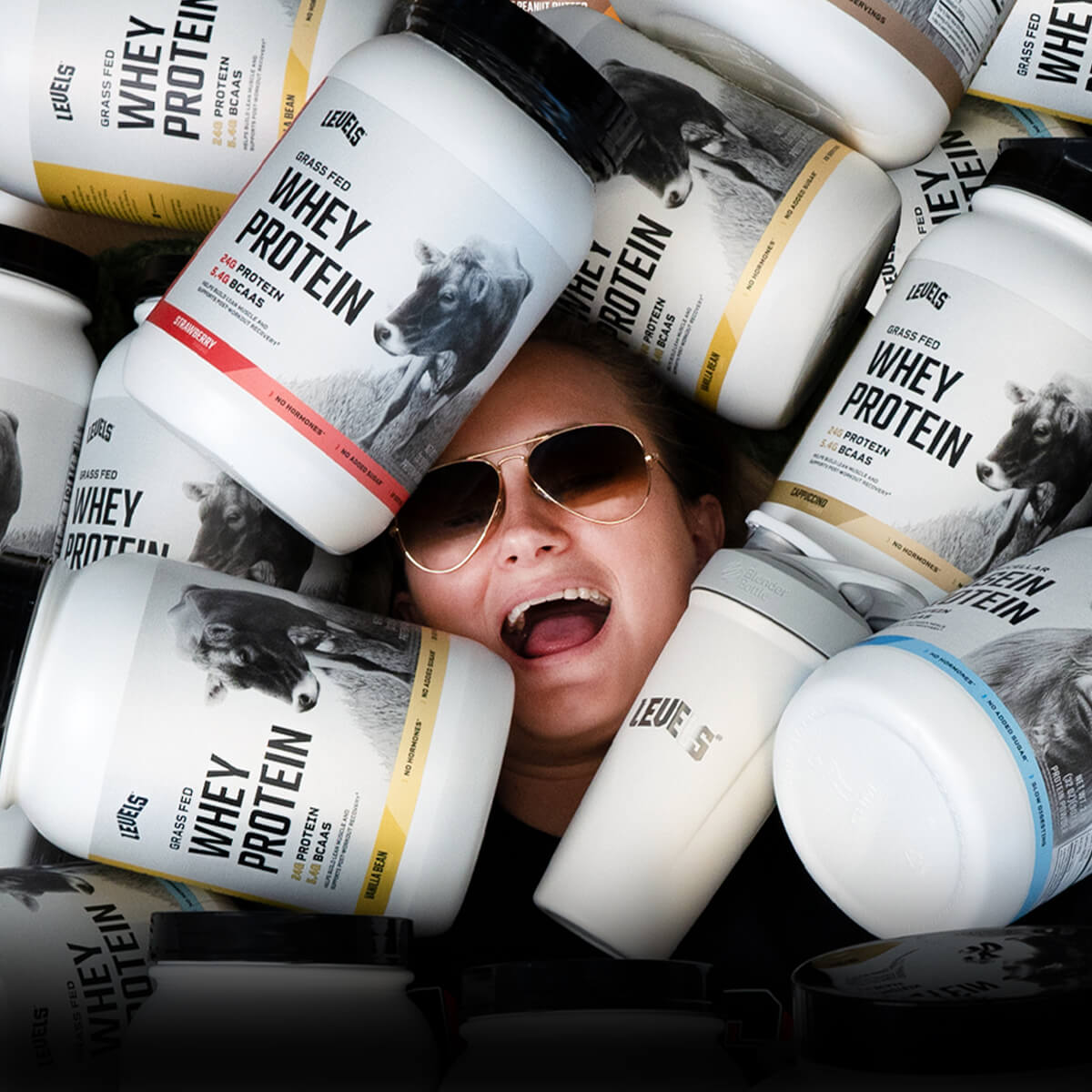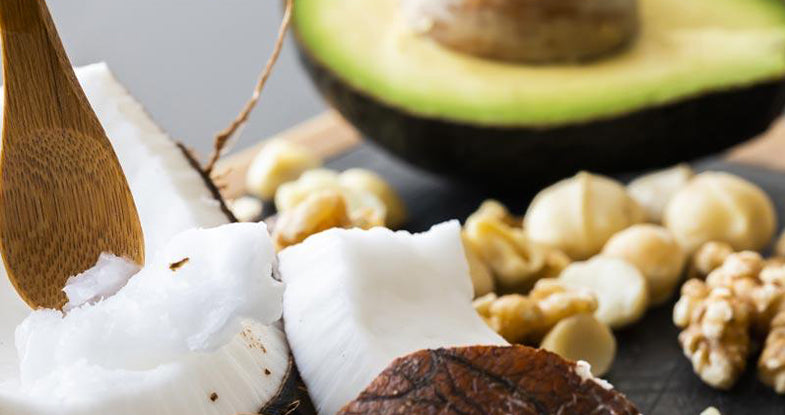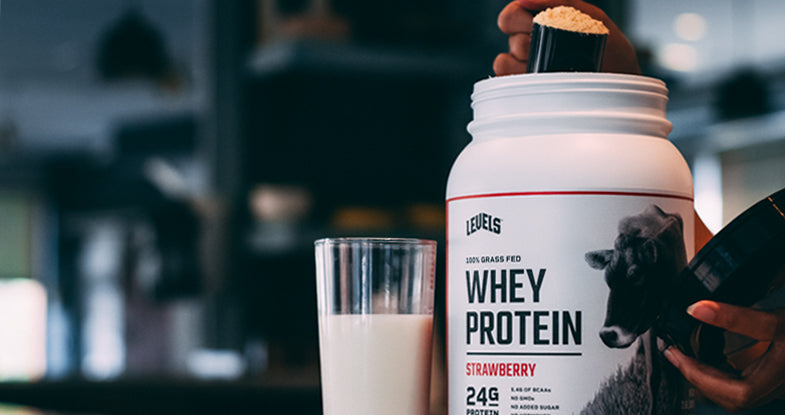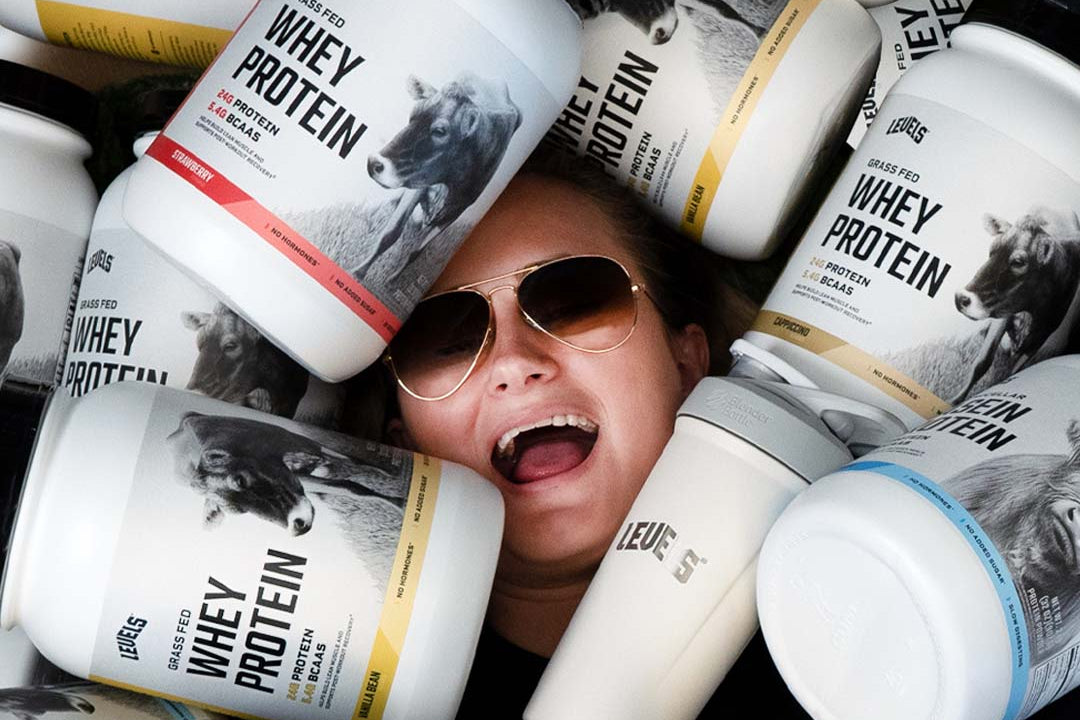Fat is finally getting its day in the sun. As a macronutrient that got a lot of flak from both health professionals and wellness enthusiasts for years, the tables have finally turned, and fat is being recognized for the health-promoting nutrient it is.
Some people are even using fat as a way to get the benefits of fasting without having to forgo food. Fat fasting, also known as a “keto fat fast,” is one of the latest trends hitting the wellness industry.
But is fat fasting for you? Read on to learn more.
What Is Fat Fasting?
While intermittent fasting (IF) has been taking the health and wellness industry by storm, another type of fast has emerged right behind it — fat fasting.
Unlike IF, when you fat fast, you're still allowed to consume calories, with the caveat that 80%-90% of them come from fat. And while you’re not restricted with “eating windows” or prolonged periods without food, calories do need to remain somewhere between 1,000 and 1,200 per day.
The basic rules of a fat fast are:
- 1,000-1,200 calories per day (two or three small meals of around 250-400 calories each)
- 80%-90% of all calories coming from fat
- Maximum duration of two to five days

If you’re wondering why fat fasts should only be followed for two to five days max, it’s because, frankly, it’s not a balanced and sustainable way to eat.
So why would you want fat fast in the first place?
Fat fasting can help you get into a state of ketosis, which research shows mimics many of the health benefits associated with calorie restriction, such as enhanced energy production, decreased inflammation, and improved brain health[*].
You can also use fat fasting as a way to break through a weight loss plateau.
How Does Fat Fasting Burn Body Fat?
The primary purpose of a fat fast is to get your body into a ketogenic state. When your body enters ketosis, it switches its preferred metabolic fuel from glucose to ketones, which are energy molecules that are broken down from fat in your body.
So how does eating fat get you into ketosis? Let’s break it down a bit.
When you consume a standard diet that contains carbohydrates, your body runs primarily on the broken-down form of carbs — glucose. Glucose can either come from the carbohydrates you eat or from your body’s glucose stores (which are limited).

As long as you keep consuming carbohydrates, your body has enough glucose to fuel your cells and store extra glucose for later. However, when you decide to switch things up and restrict carbs, something different happens.
In the absence of incoming glucose, your liver starts looking for new sources of fuel. In an effort to keep things running smoothly, it will first use up your glucose stores (also known as glycogen), and then it will start a process called gluconeogenesis (where your body makes glucose from other macronutrients).
But this effort can only take you so far; before long, your liver's ability to produce enough glucose internally will fall short, and the process of ketogenesis will begin.
Ketogenesis is the process of creating ketones, which are energy molecules that come from stored fat in your body. You always have the ability to produce ketones, but as long as glucose is available, your body will utilize that as a fuel first.
Why is this? Because glucose is more readily available as a fuel source.
It takes your body more energy to create ketones, and once ketones have become your primary fuel source, it can still take your body a few days to a few weeks to get used to this new type of fuel[*][*].
Ketosis and Fat Burning
Since being in a ketogenic state means that you’re tapping into your body's fat stores for energy, it would make sense that this type of eating would result in fat loss. However, your body is still going to use the calories you consume from food first before tapping into any stored energy.
With this in mind, even if you’re fat fasting, overeating or overconsuming calories will still prevent fat loss. That’s why fat fasting comes with a limit on daily caloric intake.
The main difference between fat fasting and true fasting (abstaining from food entirely) is that while both can get you into a state of ketosis, you can still eat food throughout the day when fat fasting.
Unfortunately, a protein fast wouldn’t have the same effect as a fat fast because even though it doesn’t provide as much glucose, it can still prevent the production of ketones due to the presence of the hormone insulin[*].
Subscribe to get the latest advice, sales, discounts, product drops and more. Join now and get 15% off your first order.
Are Fat Fasts Healthy?
The primary benefit of fat fasting is that it gets you into a state of ketosis, which research shows may impart some pretty impressive health benefits.
Since fat fasting is a relatively new phenomenon, research on the subject is lacking. Therefore, the benefits of fat fasting can only be discussed in relation to the ketogenic state that it initiates.
The good news is that whether you’re a seasoned keto dieter or someone completely new to keto, doing a two- to five-day fat fast can be a speedy way to get your body into ketosis.
The rate at which you start using ketones as your primary fuel source is tightly associated with how fast you burn up any excess glucose stores. Therefore, limiting carbs and calories at the same time creates the perfect recipe for the metabolic keto switch to turn on.
Some potential benefits associated with being in a state of ketosis include:
- Increased satiety[*]
- Improved blood glucose levels[*]
- Weight loss[*]
- Reduced blood triglycerides[*]
- Reduced LDL cholesterol[*]
- Increased HDL cholesterol[*]
Keep in mind that these benefits come from being in ketosis for more than a few days. Therefore, if you want to experience the long-term benefits of ketosis, you would need to follow a standard ketogenic diet following your fat fast.
How to Fat Fast
Now that you have a good idea of what a fat fast is, let’s get down to the basics of how to do a fat fast.
There aren’t many fat fast recipes out there due to the fact that the vast majority of the calories need to come from one macronutrient: fat.
However, by following the below food lists of what to eat and what to avoid, you can pull together a simple fat fast menu that should keep you satisfied.
Remember that to properly fat fast, you need 80%-90% of your calories to come from fat.
What to Eat
- Oils: Coconut oil, olive oil, avocado oil, MCT oil
- Fats: Butter, lard
- Nuts: High-fat nuts and nut butter (macadamia, pecans)
- Fat bombs (you can find lots of recipes online)
- Eggs: Deviled eggs, egg yolks
- High-fat dairy: Cream cheese, heavy whipping cream
- High-fat fruit: Avocado, olives
- Low-carb vegetables (only small amounts to serve with high-fat foods like butter and oil)
What to Avoid
- Grains (all varieties)
- Beans (all varieties)
- Fruits (all except avocado and olive)
- Dairy foods that aren’t high fat (milk, yogurt, cottage cheese)
- Lean meat and fish
- Vegetables (avoid all varieties with the exception of a small amount of very low-carb vegetables to use with oils and butter. For example, one cup of kale sauteed with two tablespoons of coconut oil)
When Is the Best Time to Fat Fast?
Initiating Yourself Into Ketosis
If you’re new to the keto diet and want to get your body into fat-burning mode fast, a fat fast may be an excellent option for you.
Other techniques for getting into ketosis rapidly include traditional fasting and fasted training (i.e., training while fasting) to burn up glycogen stores[*][*]. While both of those techniques will help you burn up your stored glucose, it can be quite challenging to go without food for extended periods, and doubly challenging to exercise while in a fasted state.

Once your body is accustomed to using ketones as fuel, fasting (without food) is much easier because ketones enhance your satiety and suppress your hunger[*].
In the meantime, fat fasting can give you the best of both worlds: a quick entry into ketosis while still being able to eat food.
Getting Back Into Ketosis After a Cheat Day
If you’re already following the keto diet, using a fat fast after a cheat day (or days) can be a great way to push yourself back into ketosis. Even one day of moderate- to high-carb intake could be enough to throw you out of ketosis, so getting back on track fast is vital if you want to keep reaping the benefits that keto offers.
Breaking Through a Weight Loss Plateau
Many keto dieters start strong with rapid weight loss at the beginning of the diet, and ultimately hit a plateau within their first year or so.
If you’ve been following a keto diet for a while and you’ve hit a plateau with your weight loss, trying a fat fast may be the answer. Although there isn’t much in the way of scientific research to back this claim, many keto dieters swear by the fat fast technique as a way to break through a stubborn plateau.
By limiting calories, and therefore increasing ketone production, your metabolism is going to get a bit of a shake-up when you go two to five days eating mainly fat. This means that your body has to tap further into your fat stores for energy, which in turn would result in fat loss.
Keep in mind, however, that if you do end up losing a few extra pounds and breaking through that plateau, fat fasting is still a short-term solution and shouldn’t be followed for more than five days.
Potential Downfalls of Fat Fasting
Lack of Nutrients
The most obvious downfall of fat fasting is the lack of nutrients. With 80%-90% of your calories coming from fat, you’re going to miss out on some vital aspects of health, like vitamins, minerals, and protein.
The good news is, since a fat fast is only short term (five days max), you don’t have to worry too much about nutrient deficiencies. However, it certainly doesn’t hurt to follow up a fat fast with a few days of high protein consumption.
Protein plays a significant role in the health of your metabolism as the primary fuel for the growth and maintenance of your muscles. Since muscle is an energy-expensive tissue, the more muscle you have, the more energy you burn daily[*][*].
Subscribe to get the latest advice, sales, discounts, product drops and more. Join now and get 15% off your first order.
A few days of low protein consumption likely won’t make or break your daily energy expenditure. But look at it this way: Even when you’re not fasting, your body is constantly breaking down and rebuilding your muscles.
Also, keep in mind that as you start burning fat, your body naturally taps into your muscle mass as well[*]. Although fasting and following a ketogenic diet have been shown to have a muscle-sparing effect under normal calorie intake, the same may not be true when calories are restricted (as they are during a fat fast)[*].
Therefore, your best bet is to follow up your fast with high-quality protein to get muscle maintenance back on track[*].
Two of the most effective protein sources for muscle health are whey protein and collagen peptides.
Whey is a complete protein that’s rich in branched-chain amino acids (BCAAs). BCAAs stimulate muscle protein synthesis, helping your muscles grow and repair, especially after resistance exercise[*].
Collagen, on the other hand, is a key protein for supporting the integrity of your connective tissue, especially cartilage, which keeps your joints healthy and stable[*].
Keto Flu
While fat fasting is a surefire way to get you into ketosis quickly, you may have to deal with some unpleasant symptoms as your body makes this transition. For seasoned keto dieters, this likely won’t be a big deal, but if this is your first time, prepare yourself for some potential discomfort.
The symptoms that come with shifting your metabolism into ketosis are often referred to as “keto flu,” and may include:
- Foggy headedness
- Poor concentration
- Stomachaches
- Fatigue
- Trouble sleeping
- Nausea
- Constipation
- Sugar cravings
- Muscle cramps
These uncomfortable symptoms will pass within a few days to a week, but staying hydrated and taking electrolytes can make a big difference[*].
Weight Loss, But Not Necessarily Fat Loss
Some people use fat fasting as a way to break through a weight loss plateau. While you may hop on the scale after a day or two of fasting to see that you’ve lost a few pounds, this may not be the win you’re looking for.
Keep in mind that during a fat fast, you’ll be using up your glucose stores, which will ultimately result in a significant loss of water. While numbers on a scale may feel good, most (if not all) of that weight may be coming from water loss.
This doesn’t mean that fat loss can’t result from fat fasts, it’s just important to keep in mind that true fat loss takes time, and fat fasting is not a long-term solution[*].
Who Shouldn’t Fat Fast?
Fat fasting is certainly not for everyone. If you have any serious medical conditions, talk with your healthcare practitioner before trying this type of fast. The below groups of people, in particular, should likely avoid fat fasting.
Pregnant Women
Pregnancy is a time where nutrition is twice as important. Restricting calories is generally not recommended for pregnant women[*].
Those Who Are Underweight
If you already have low body weight, fat fasting is not recommended due to the calorie restriction and weight loss aspect of this type of fast.
Those Who Had a Cholecystectomy (Gallbladder Removal)
Your gallbladder plays a vital role in the breakdown of fat in your digestive system. After removal of your gallbladder, your liver will eventually take over, but you may need to go easy on the fat for a while[*].

Bottom Line
The results of fat fasting vary depending on your current health status and goals. If you’re already in ketosis, you should have an easier time transitioning into fat fasting because your blood sugar is already stable.
On the other hand, if you’re not in ketosis, fat fasting can provide a quick way to get your body keto-adapted, although it may come with some less than pleasant side effects.
Because fat fasting is a pretty strict diet, it should only be followed for a short period of time to avoid potential nutrient deficiencies. And if you have any health concerns or are pregnant, this might not be the fast for you.
If you do decide to try a fat fast, make sure to follow it up with a few days of nutrient-dense meals, including plenty of high-quality protein.





